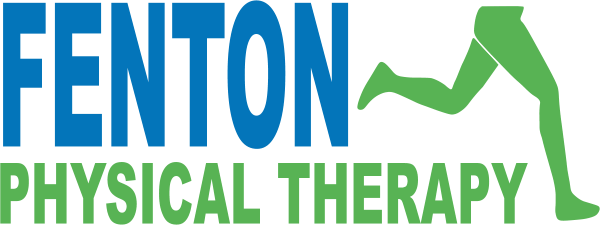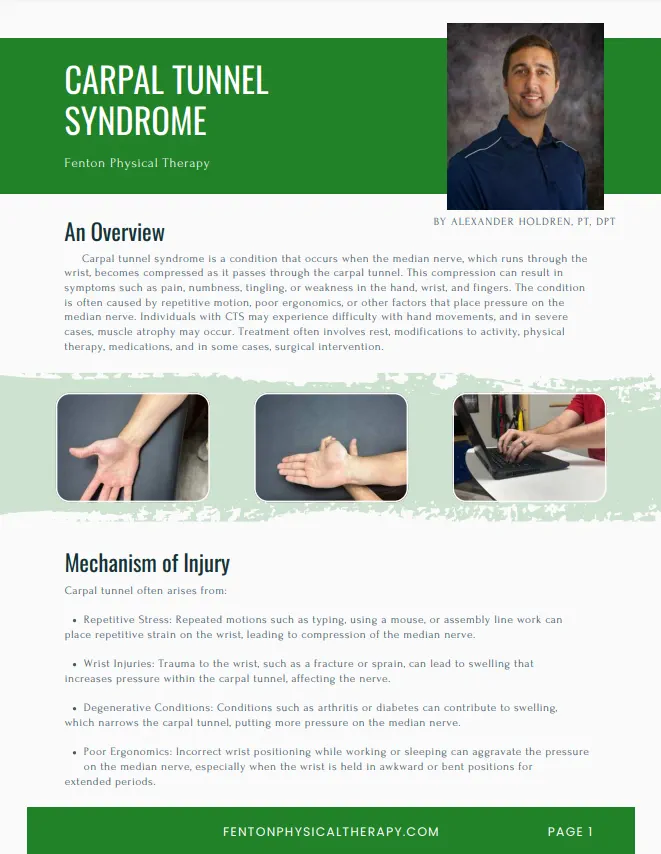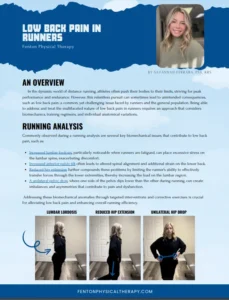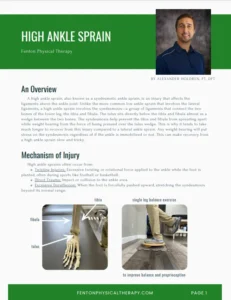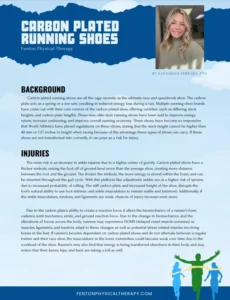An Overview
Carpal tunnel syndrome is a condition that occurs when the median nerve, which runs through the wrist, becomes compressed as it passes through the carpal tunnel. This compression can result in symptoms such as pain, numbness, tingling, or weakness in the hand, wrist, and fingers. The condition is often caused by repetitive motion, poor ergonomics, or other factors that place pressure on the median nerve. Individuals with CTS may experience difficulty with hand movements, and in severe cases, muscle atrophy may occur. Treatment often involves rest, modifications to activity, physical therapy, medications, and in some cases, surgical intervention.
Mechanism of Injury
Carpal tunnel often arises from:
- Repetitive Stress: Repeated motions such as typing, using a mouse, or assembly line work can place repetitive strain on the wrist, leading to compression of the median nerve.
- Wrist Injuries: Trauma to the wrist, such as a fracture or sprain, can lead to swelling that increases pressure within the carpal tunnel, affecting the nerve.
- Degenerative Conditions: Conditions such as arthritis or diabetes can contribute to swelling, which narrows the carpal tunnel, putting more pressure on the median nerve.
- Poor Ergonomics: Incorrect wrist positioning while working or sleeping can aggravate the pressure on the median nerve, especially when the wrist is held in awkward or bent positions for extended periods.
Recovery Timeline
- (1-2 Weeks): The focus is on reducing inflammation and pain. Rest, ice, and anti-inflammatory medications may be used, while avoiding activities that aggravate symptoms, such as repetitive hand or wrist movements, is important during this stage.
- (2-6 Weeks): Stretching and strengthening exercises for the wrist and hand may be gradually introduced. A physical therapist will focus on improving the flexibility of the wrist and forearm muscles and reducing the pressure on the median nerve.
- (6-12 Weeks): Exercises for wrist strength and improving the range of motion are emphasized. Ergonomic adjustments, such as changes in typing or mouse usage habits, may be recommended to prevent further strain.
- (12 Weeks +): Most people experience significant improvement in symptoms. Recovery time can vary based on the severity of the nerve compression and adherence to rehabilitation practices. In severe cases, more invasive treatments, such as surgery, may be required.
What to Expect in a Physical Therapy Session
- History and Evaluation: Discussion of symptoms, work history, and any activities that may be contributing to the development of carpal tunnel syndrome.
- Physical Examination: Evaluation of wrist range of motion, strength, and neurological function (including sensation and reflex testing).
- Modalities: Ice or heat therapy may be applied to reduce pain and swelling in the wrist area.
- Gentle Stretching: Focused on increasing wrist flexibility and relieving pressure on the median nerve.
- Strengthening Exercises: Targeting wrist, forearm, and hand muscles to enhance function and reduce the risk of reinjury.
- Postural and Biomechanical Education: Teaching proper hand and wrist positioning during daily activities, such as typing, lifting, or using a mouse, to reduce strain on the wrist.
- Activity Modification: Suggestions to adjust daily activities, including frequent breaks or ergonomic tools (such as wrist supports), to avoid stressing the wrist.
- Injury Prevention: Educating on techniques to prevent recurrence, such as regular stretching, strengthening exercises, and optimal wrist positioning.
Summary
Carpal tunnel syndrome can be a painful and limiting condition, but with the right approach, most individuals can achieve significant improvement. Physical therapy plays an essential role in alleviating symptoms by addressing underlying causes, including poor ergonomics, repetitive strain, and muscle imbalances. A comprehensive rehabilitation program focusing on stretching, strengthening, and postural correction is key to full recovery and the prevention of future episodes.
